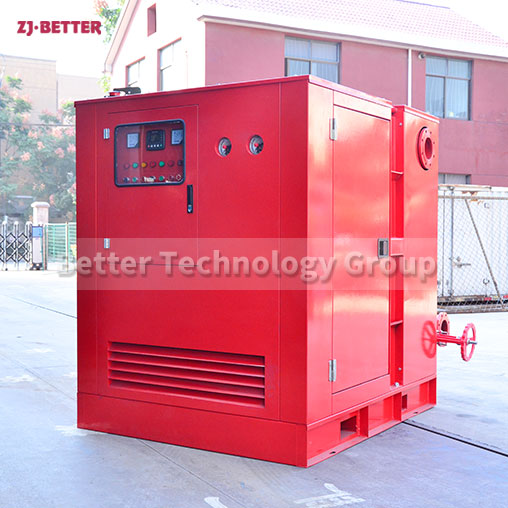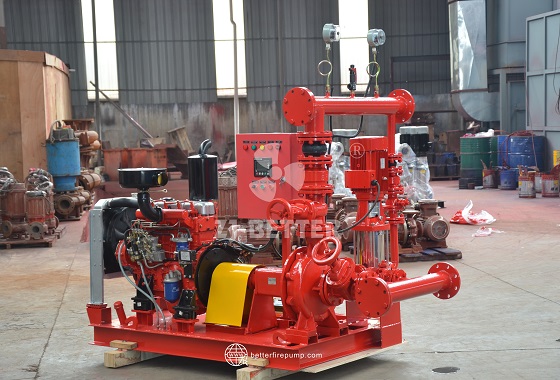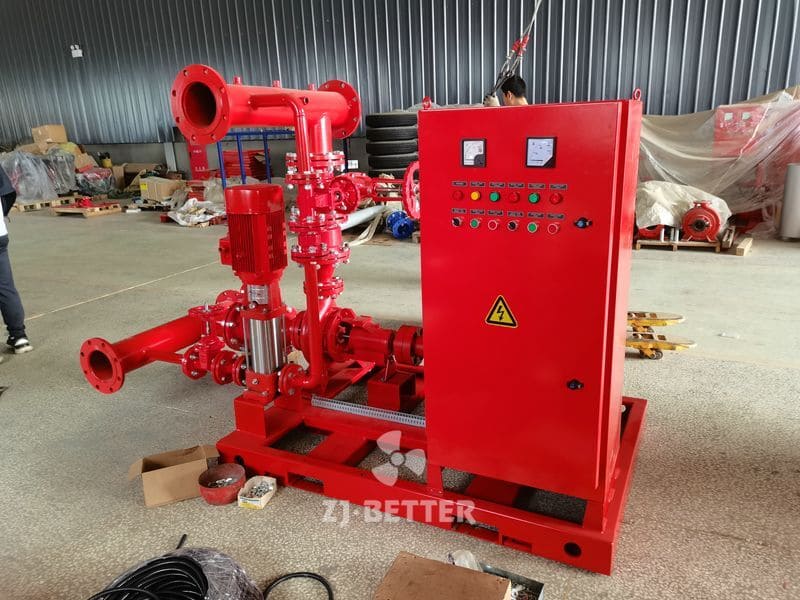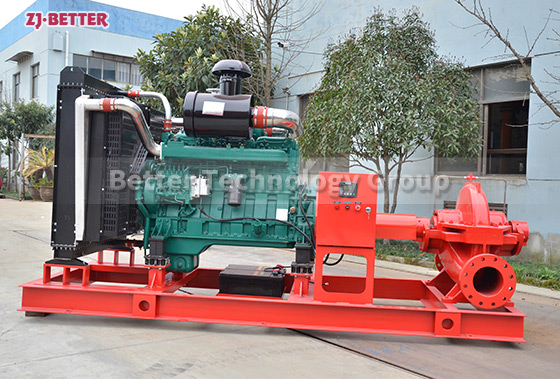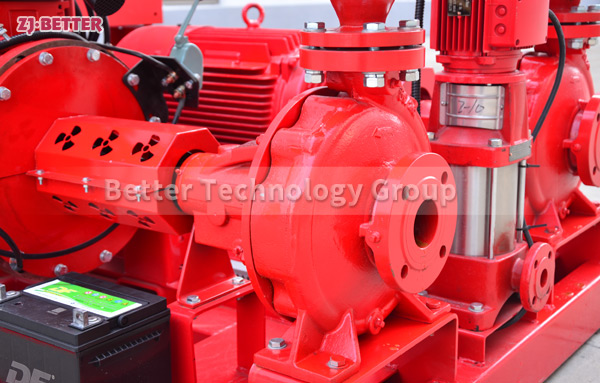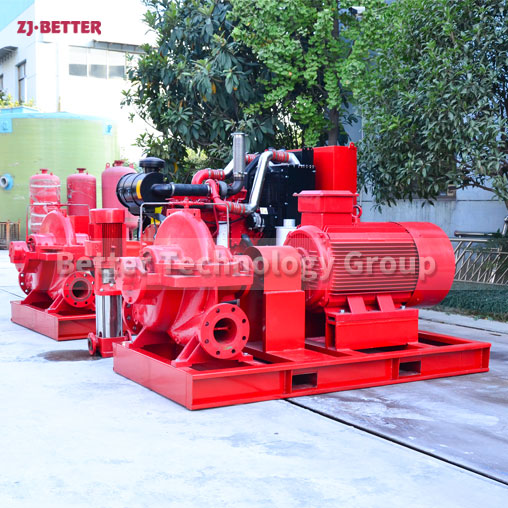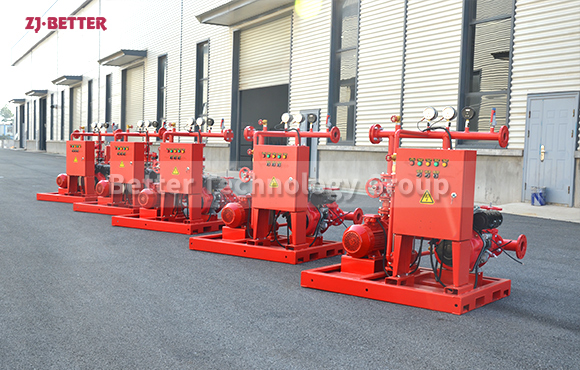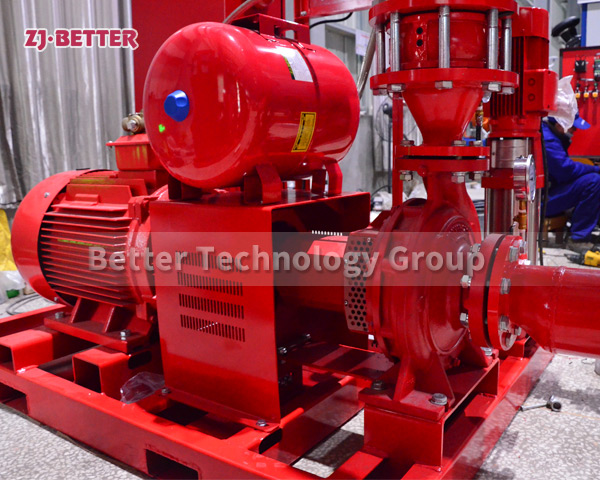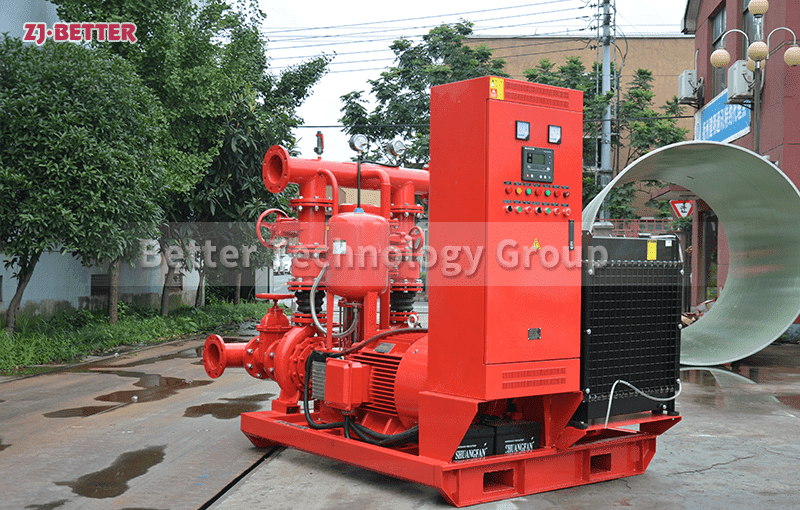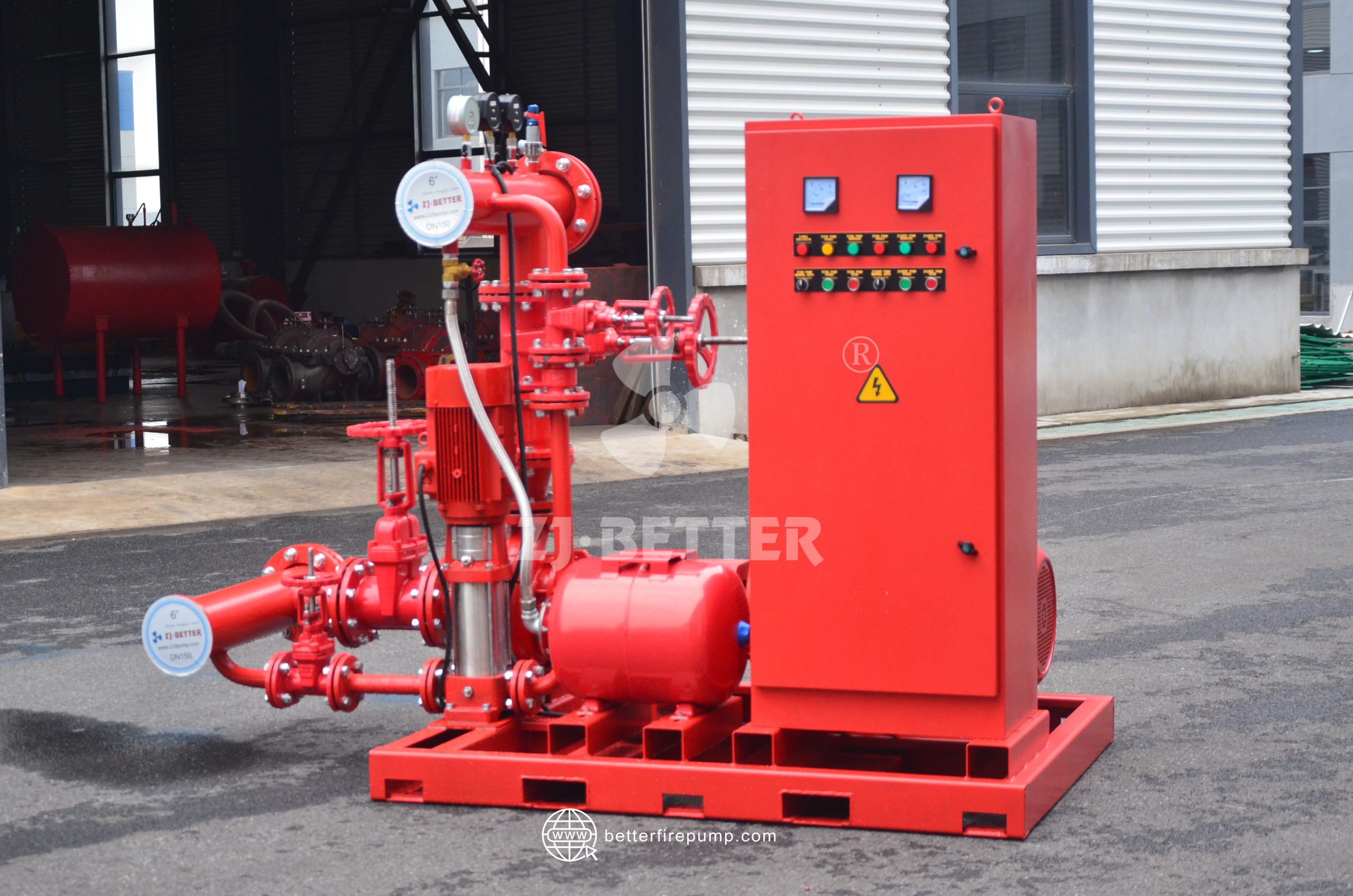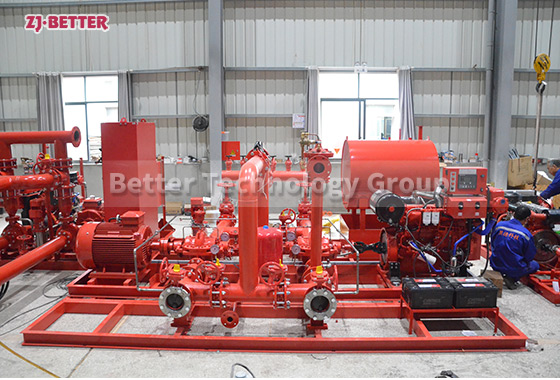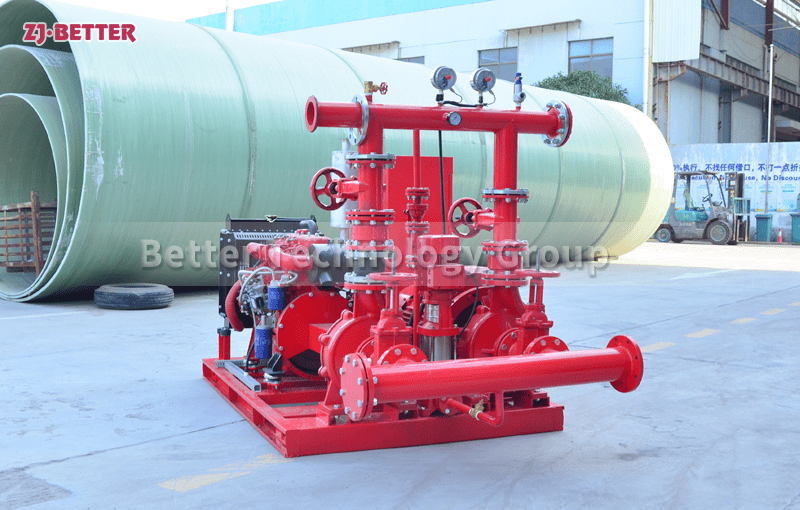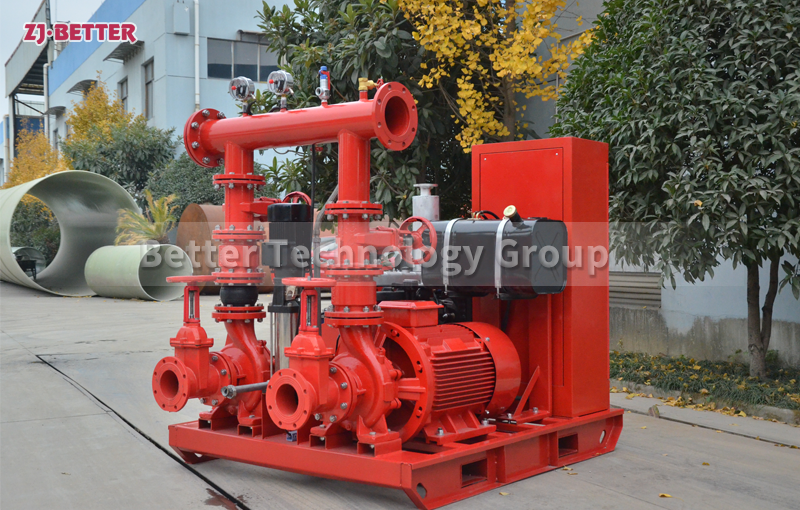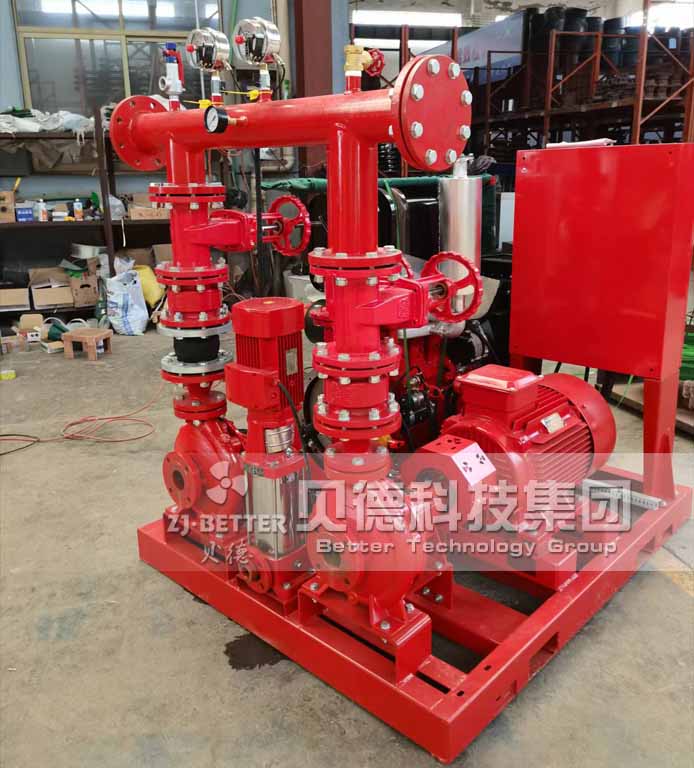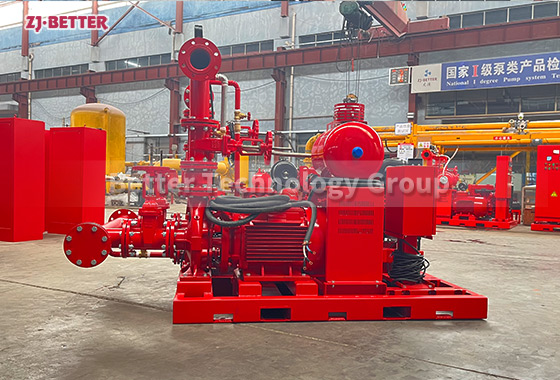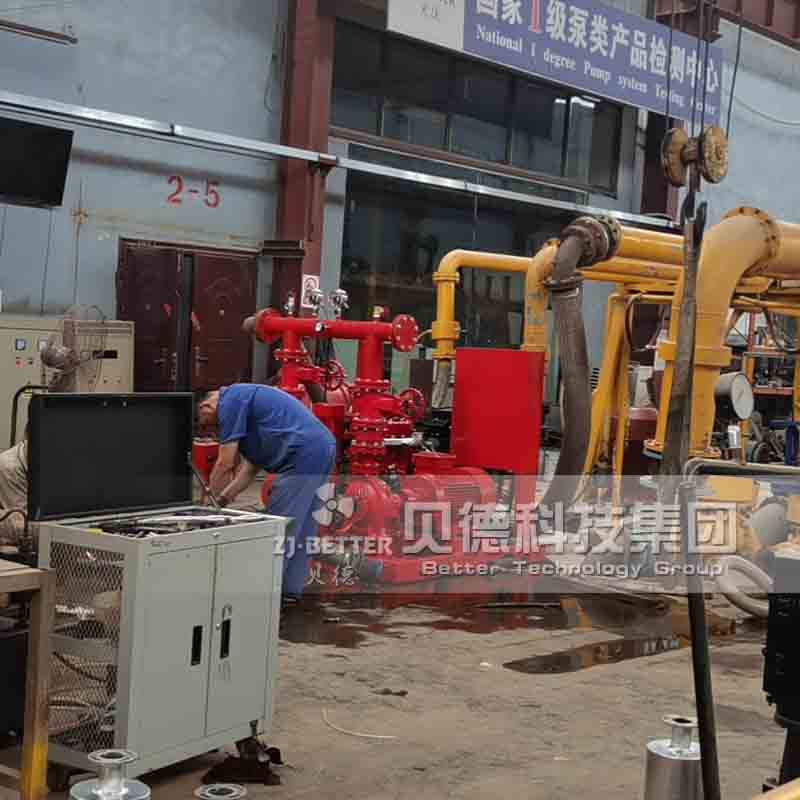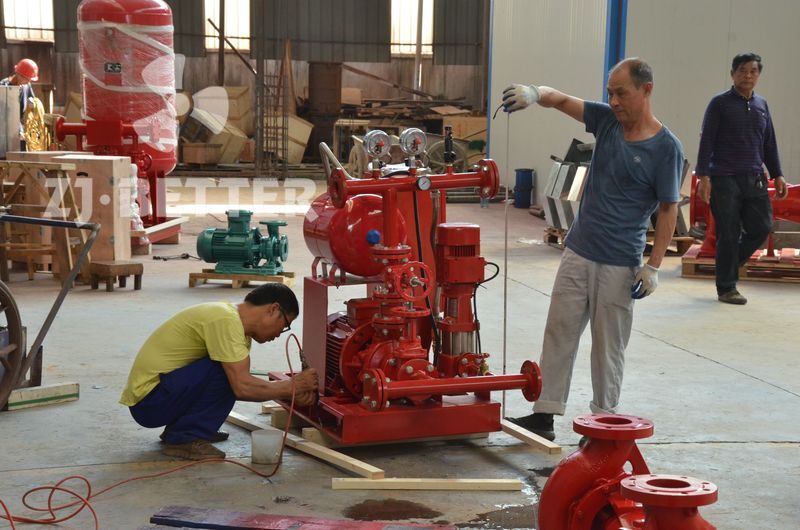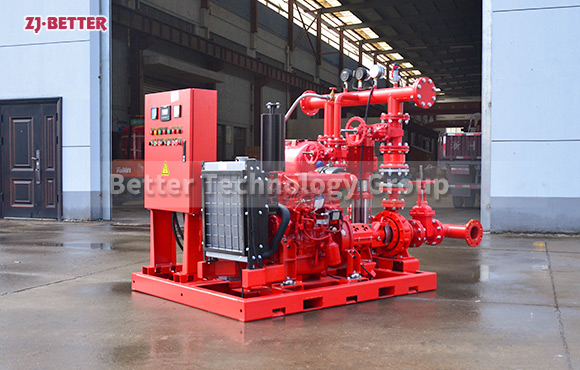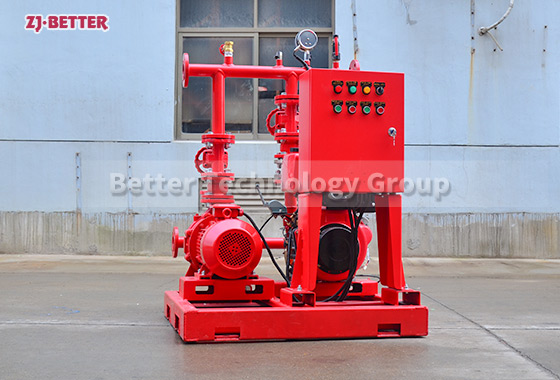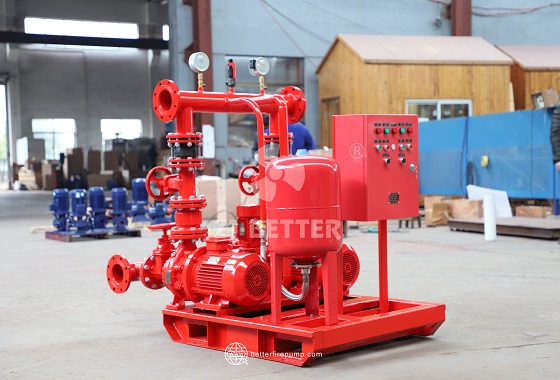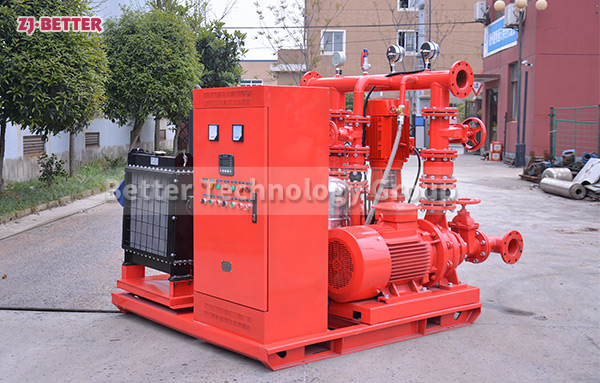How to operate the diesel engine fire pump to save energy and fuel?
1. Make sure all valves are open and the system is in good working order.
2. Check the fuel filter for any debris, and replace as needed.
3. Adjust the governor control to reduce the RPM of the engine, and limit fuel consumption.
4. Regularly inspect, clean and replace the air filter to ensure maximum efficiency.
5. Maintain the fuel injection system to minimize fuel wastage.
6. Use synthetic oil instead of petroleum-based engine oil.
7. Reduce the demand on the fire pump by using water pressure regulators or other available techniques.
8. Use the most efficient fuel type for the engine.
9. Use the most efficient nozzle size for the fire pump.
10. Use a variable frequency drive to reduce the engine speed and conserve energy.
1. Make sure all valves are open and the system is in good working order.
2. Check the fuel filter for any debris, and replace as needed.
3. Adjust the governor control to reduce the RPM of the engine, and limit fuel consumption.
4. Regularly inspect, clean and replace the air filter to ensure maximum efficiency.
5. Maintain the fuel injection system to minimize fuel wastage.
6. Use synthetic oil instead of petroleum–based engine oil.
7. Reduce the demand on the fire pump by using water pressure regulators or other available techniques.
8. Use the most efficient fuel type for the engine.
9. Use the most efficient nozzle size for the fire pump.
10. Use a variable frequency drive to reduce the engine speed and conserve energy.



